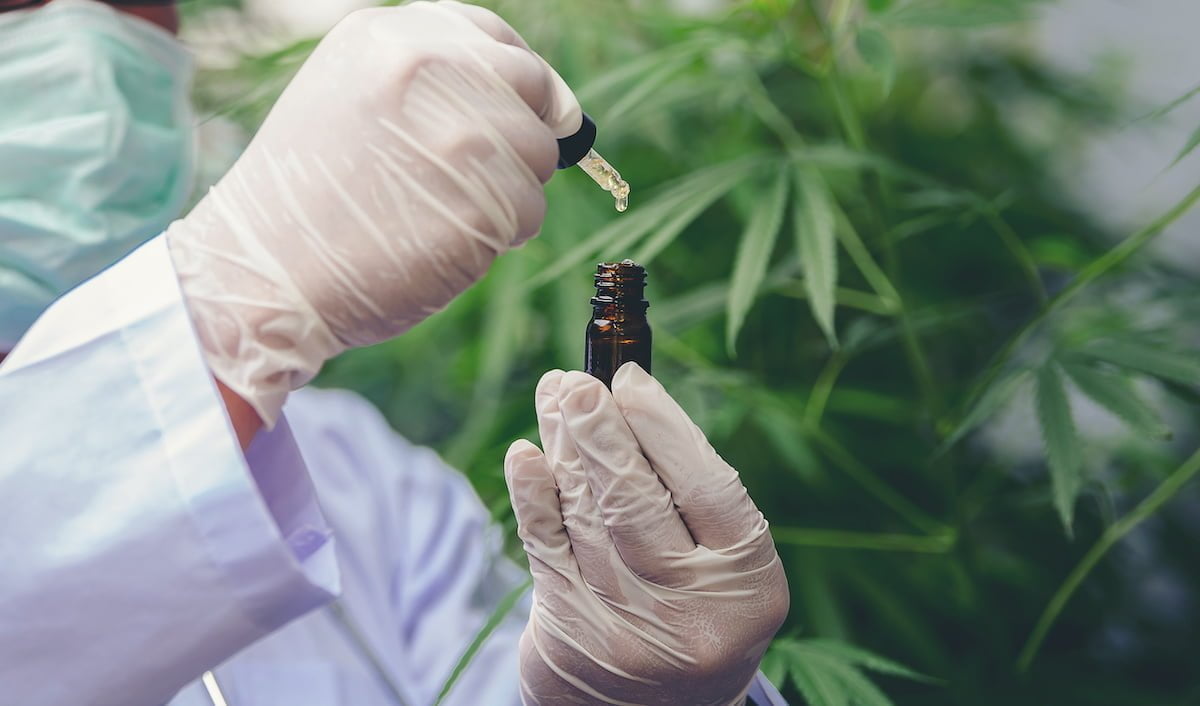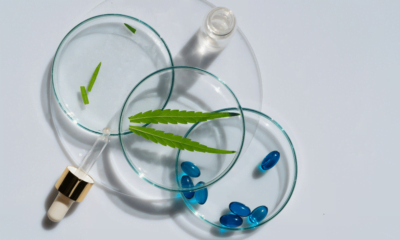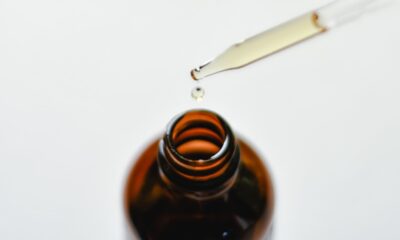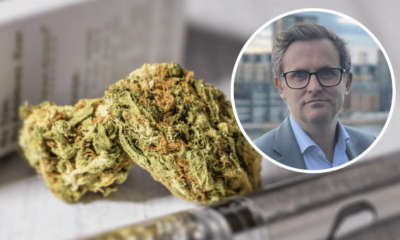In the latest issue of the Journal Club, experts at Grow Pharma explore the potential role of cannabinoids in the treatment of cannabis use disorder (CUD).
To sign up to the Journal Club mailing list, click here
For this edition of the journal club, we explore the potential role of cannabinoids in the treatment of cannabis use disorder (CUD). CUD is defined as the recurrent use of cannabis despite adverse consequences, causing clinically significant impairments or distress, and is estimated to affect 13 million people globally [1].
A recent review by Thomsen et al [2] summarised the current state of the literature, noting that there is encouraging preliminary evidence supporting the use of both CBD alone and balanced THC:CBD preparations in reducing cannabis use and associated cravings in patients with CUD.
This is consistent with cannabinoids acting on serotonergic and dopaminergic pathways in the medial prefrontal cortex, amygdala, and hippocampus; areas related to the reward system. [3]
In this issue of the Journal Club, two of the most recent randomised controlled trials (RCTs) discussed in the review by Thomsen et al [2] are highlighted.
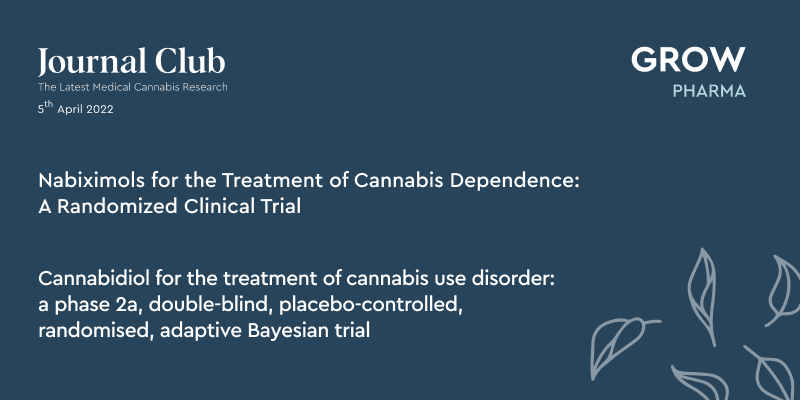
The first study is a multi-site, double-blind, placebo-controlled RCT of nabiximols (a balanced THC:CBD preparation) for the treatment of CUD. 128 treatment-seeking individuals with CUD who had been nonresponsive to previous alternative treatment attempts received either nabiximols or placebo for a period of 12 weeks.
Cognitive Behavioural Therapy (CBT) was offered to patients in both groups. Over the 12-week study period, the placebo group on average reported significantly more days using cannabis than the nabiximols group (53 vs 35 days). Both groups reported reduced withdrawal symptoms and cravings, and improvements in health status compared to baseline, but no differences between groups were observed, suggesting CBT alone can be effective for some patients.
Treatment retention was comparable for the two groups (45 per cent in the placebo group, 49 per cent in the nabiximols group). In summary, nabiximols reduced cannabis use in treatment-seeking individuals with CUD compared to placebo, however no differences in withdrawal symptoms and cravings were observed.
A subsequent follow-up of this study reported that these observed benefits of nabiximols in reducing cannabis use persisted for at least three months after the cessation of treatment. [4]
Read more from the Journal Club here
The second study is the first RCT investigating CBD as a treatment for CUD.
Initially, 48 Participants with CUD were allocated to four-week treatment with daily oral 200mg/400mg/800mg CBD or placebo.
However, at interim analysis, 200mg CBD was eliminated as an ineffective dose. A further 34 patients were then randomised to receive 400mg/800mg CBD or placebo for 4-weeks. Both 400mg and 800mg CBD were found to increase abstinence from cannabis compared to placebo, and this was accompanied by decreased THC-creatinine concentrations. CBD was well tolerated with no adverse events and 94 per cent completed treatment.
In summary, this RCT found that 400mg and 800mg CBD were safe and more effective than placebo in reducing cannabis use in patients with CUD.
For an up-to-date overview of the potential role of cannabinoids in the treatment of CUD, refer to the review by Thomsen et al [2].
If you are a doctor and would like to discuss either of the clinical papers featured in this edition of the journal club or the broader medical cannabis literature, please reach out on luca.marelli@growbiotech.com
References:
1 American Psychiatric Association (2013). Diagnostic and Statistical Manual of Mental Disorders: DSM-5, 5th ed. Washington DC.
2 Thomsen.K et al. Cannabinoids for the treatment of cannabis use disorder: new avenues for reaching and helping youth? (2022). Neuroscience and Behavioural Reviews 132:169-180
3 Navarrete. F et al. Role of cannabidiol in the therapeutic intervention for substance use disorders (2021). Front Pharmacol 12:626010
4 Lintzeris.N et al. Cannabis use in patients 3 months after ceasing nabiximols for the treatment of cannabis dependence: results from a placebo-controlled randomised trial (2020). Drug and Alcohol dependence 215:108220

Home » Science » Journal Club: The role of cannabinoids in treating cannabis use disorder
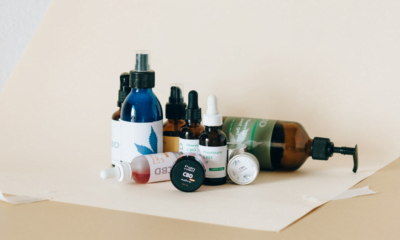
 News6 months ago
News6 months ago
 News6 months ago
News6 months ago
 News6 months ago
News6 months ago
 Science5 months ago
Science5 months ago
 Industry5 months ago
Industry5 months ago
 News6 months ago
News6 months ago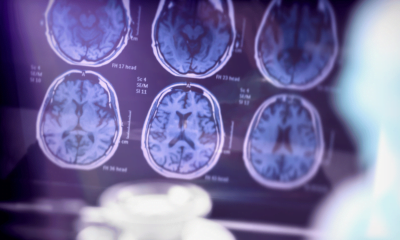
 Medical cannabis6 months ago
Medical cannabis6 months ago
 News5 months ago
News5 months ago